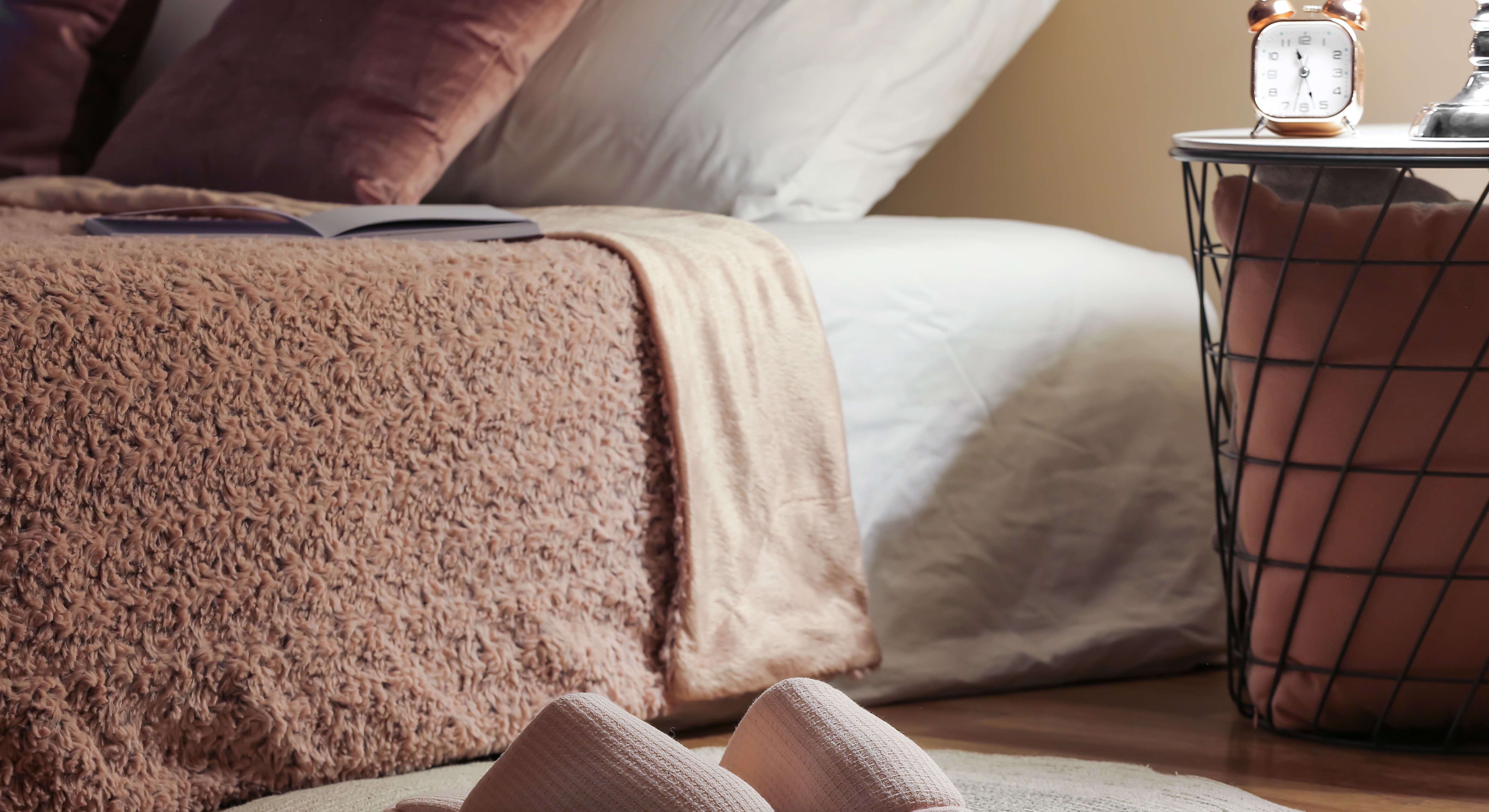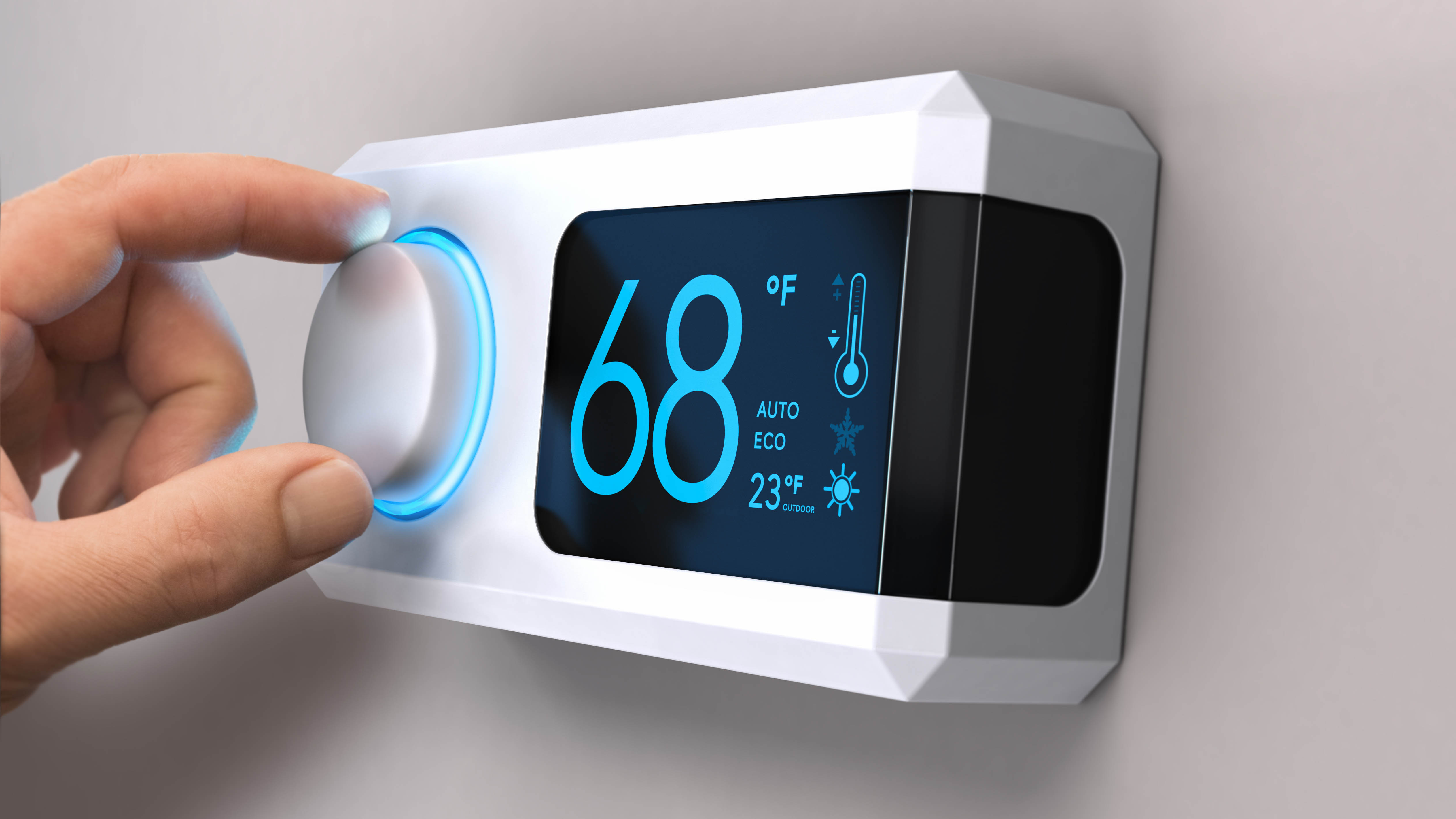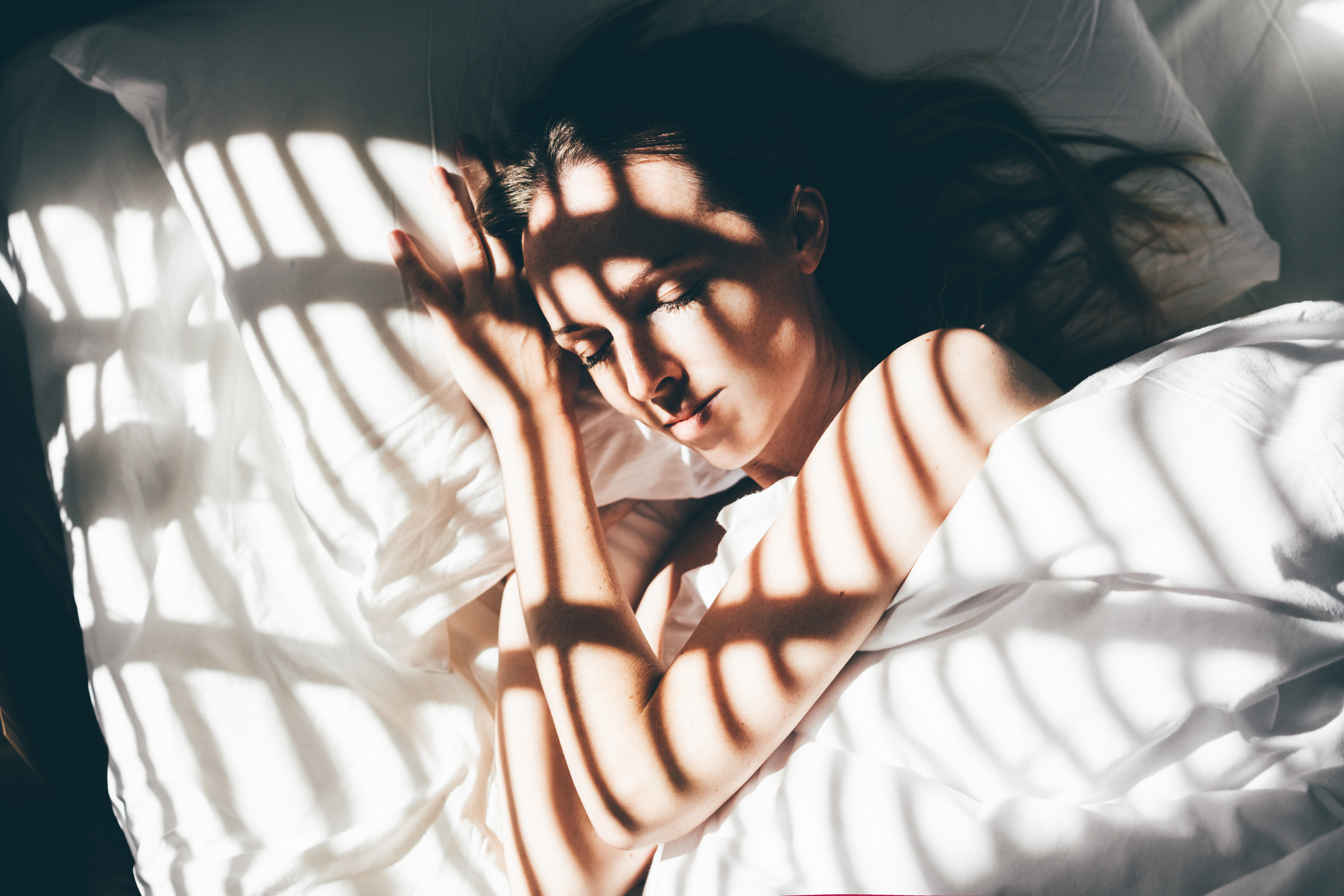
Too hot or too cold? It sometimes seems impossible to find the most comfortable temperature to fall asleep. Whether you’re cosied up in snug pyjamas and covered in a thick duvet to beat the winter chill, trying to cool the air by opening windows, or turning up the air conditioning — getting the temperature balance right is tricky.
Whatever the season, the temperature of your bedroom impacts your ability to fall asleep. It can play a big part in your overall sleep hygiene, as getting the temperature wrong can disturb your overall sleep quality, leaving you feeling frazzled and far from refreshed the next day.
So, what’s the magic number to set your thermostat to for a good night’s sleep? And how does temperature affect our ability to drift off and stay in a deep slumber? We reveal the science behind how our bodies react to night time temperature and how turning down the heat can help us sleep.
Why the temperature in your bedroom matters

The temperature of your bedroom is key to providing a comfortable zone without feeling too hot or cold. And if you suffer from night sweats, you could lose 2.5 hours of sleep a night, according to a study by Silentnight.
The Sleep Foundation explains that a crucial aspect of sleep quality is thermoregulation. As you fall asleep, your temperature drops, so a cooler room makes it easier to nod off and stay asleep. That’s good news for all of us facing higher energy bills!
Research published in the Journal of Physiological Anthropology explains how the thermal environment is one of the most important factors affecting sleep, stating: “The effects of heat or cold exposure are increased wakefulness and decreased rapid eye movement sleep and slow wave sleep. These effects of the thermal environment on sleep stages are strongly linked to thermoregulation, which affects the mechanism regulating sleep.”
What’s more, the research also underlines that disturbed sleep not only affects daytime activities but also has adverse health effects, such as obesity, quality of life and even mortality.
So a lot is riding on the temperature of our bedrooms at night!
The best temperature for sleep

The ideal temperature to sleep easily is between 60-68°F, according to the Sleep Foundation. If we can achieve this temperature within our sleep environment, we’re more likely to sleep efficiently and avoid a night of tossing and turning in frustration.
Being too hot while you sleep is linked to spending less time in the restorative sleep stage, leaving you feeling less energized and prepared for the day when you wake up. Let’s look at how our body temperature changes during the different stages of sleep.
During the first stage of sleep — non-REM sleep — your body temperature decreases. This is thought to help induce and maintain sleep. As you continue into deeper sleep, your body continues to cool. However, during REM sleep, when you dream, your body finds it difficult to maintain an internal temperature, leading to temperature variations. Then, when you reach the end of your sleep cycle, your temperature will begin to rise again, giving your body a nudge that it’s time to wake up. The rise in temperature is also linked to the release of cortisol, a hormone that energises you.
The best time to adjust your thermostat for sleep

Adjust your thermostat in plenty of time to prepare your bedroom for sleep. If you leave it until you turn back the covers, you’ll be waiting for the temperature to regulate before you can start to drop off. Apart from extending the time it takes to sleep, you’re also more likely to wake up at night.
However, it can be tempting to whack up the thermostat when it’s cold in the house rather than turning it down. If this is a problem and you go to bed earlier than other household members, consider investing in one of the best smart thermostats. These thermostats can help you control the temperature in individual rooms while helping you save on your electricity bill.
Claire Davies, Sleep Science Coach and Sleep Editor at Tom’s Guide, recommends setting your smart thermostat between 65-68°F one hour before going to bed. However, she suggests keeping it on the cooler side if you overheat during the night.
Apart from controlling your thermostat, there are other ways to keep cool at night. Swap to lightweight bedding and breathable sheets — cotton is a good choice, as it allows heat to escape. There is also a wide choice of cooling mattresses and pillows that are perfect for hot sleepers. You could try Slumber Cloud’s UltraCool Pillow ($69, Amazon).
There are also other ways that can help you fall asleep and stay asleep for longer. Discover why decluttering your bedroom can make you fall asleep faster.







